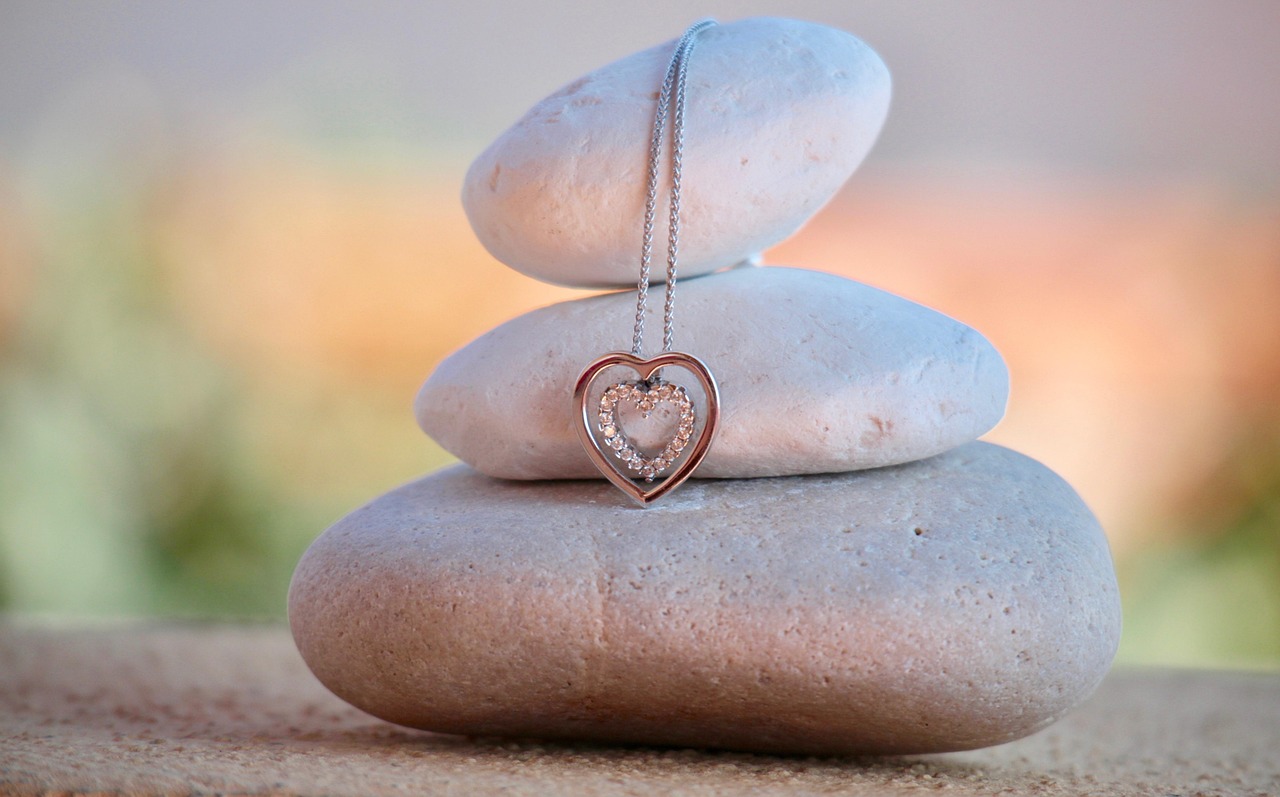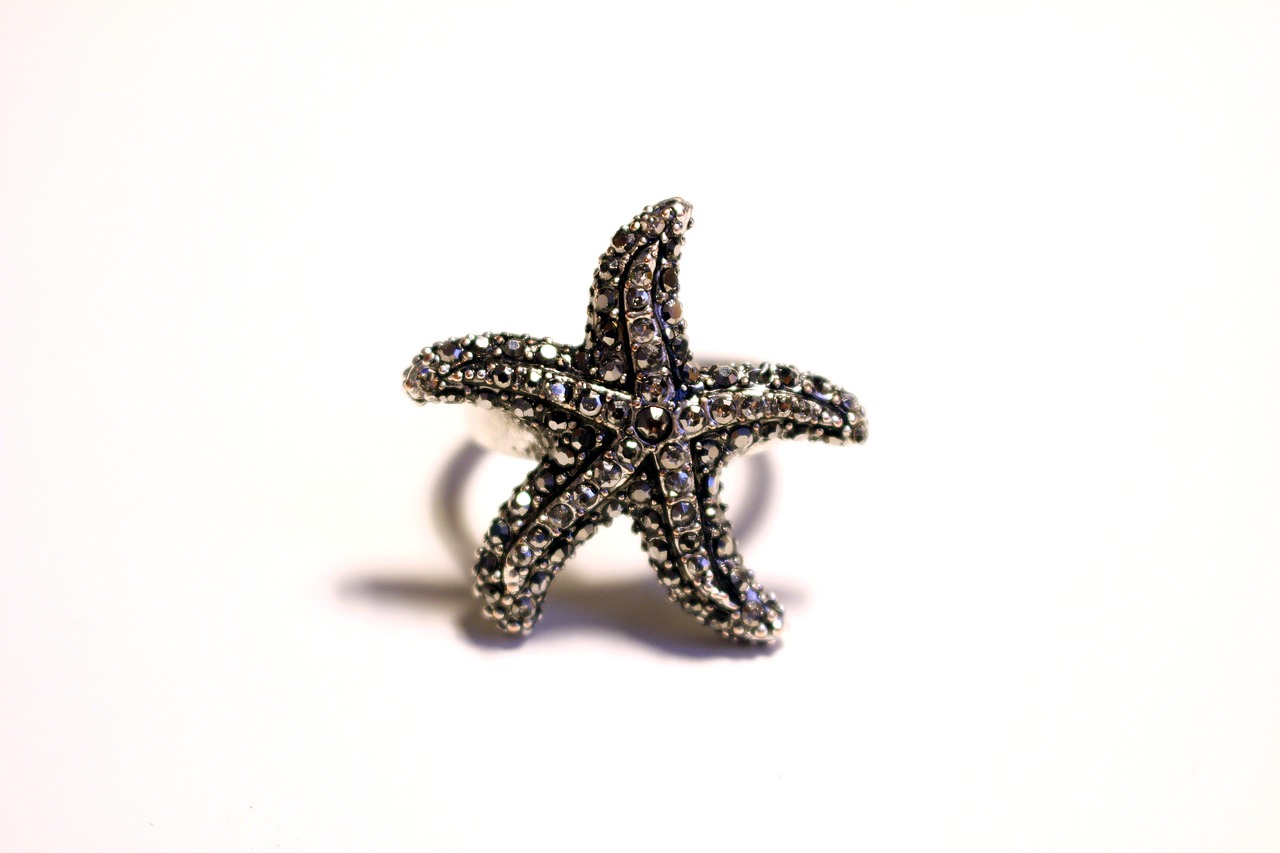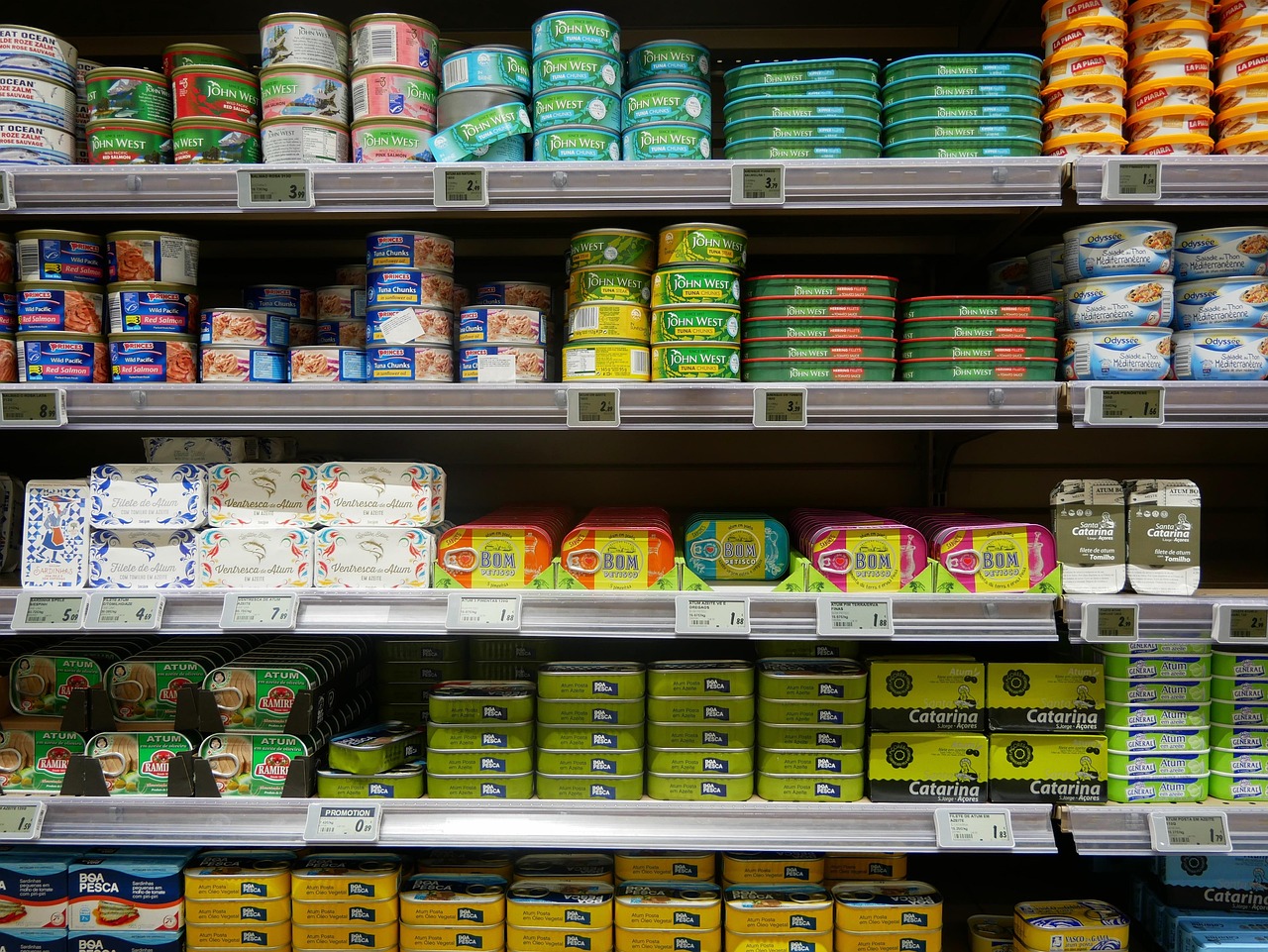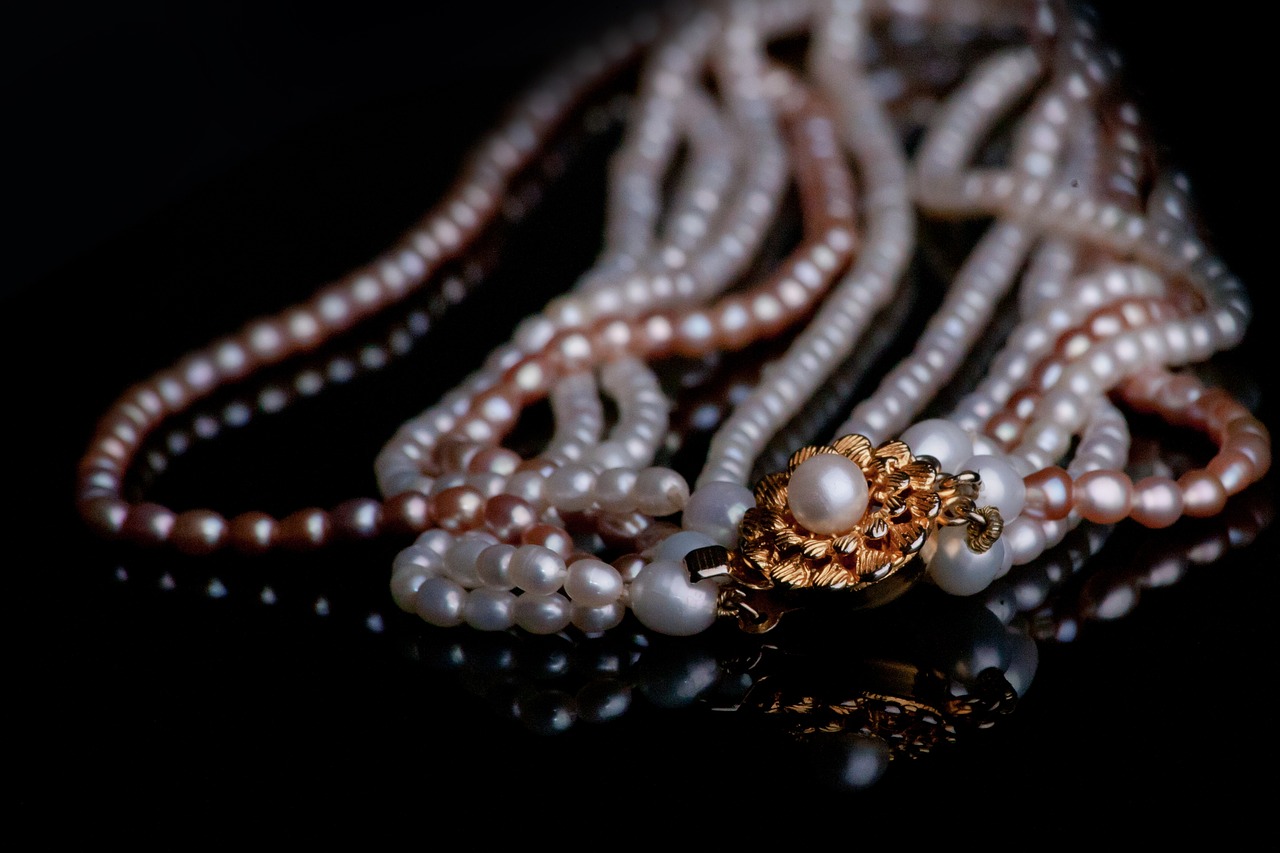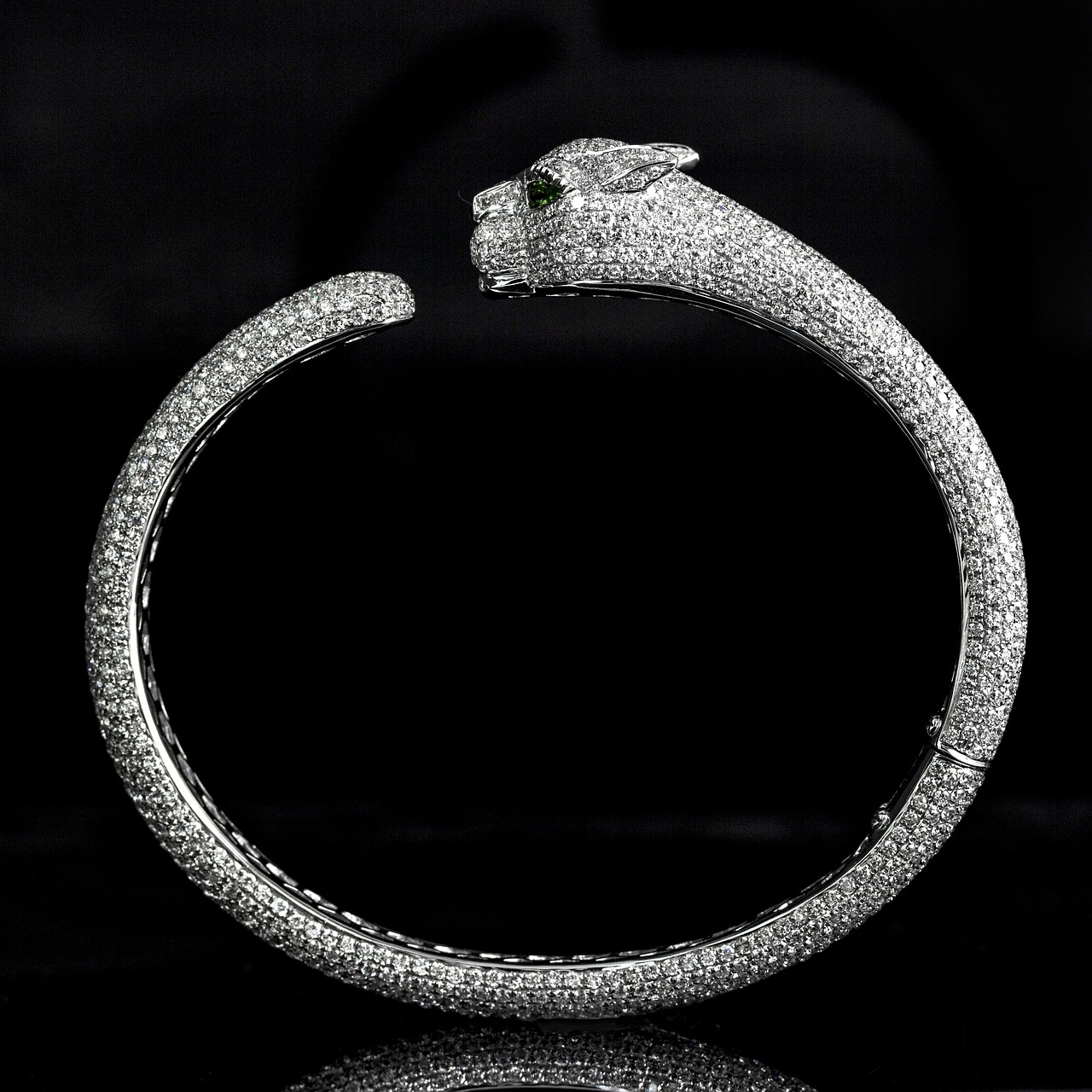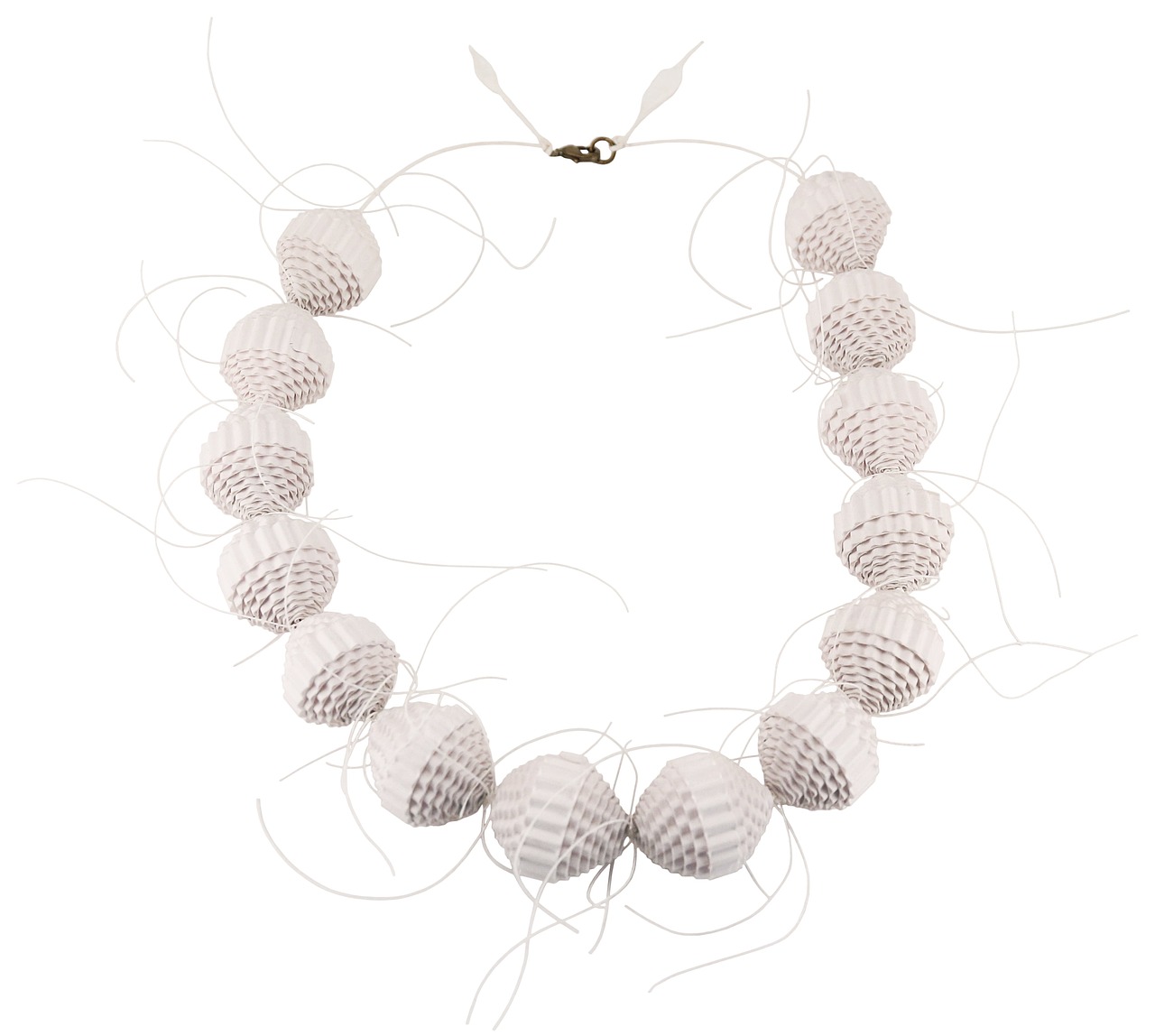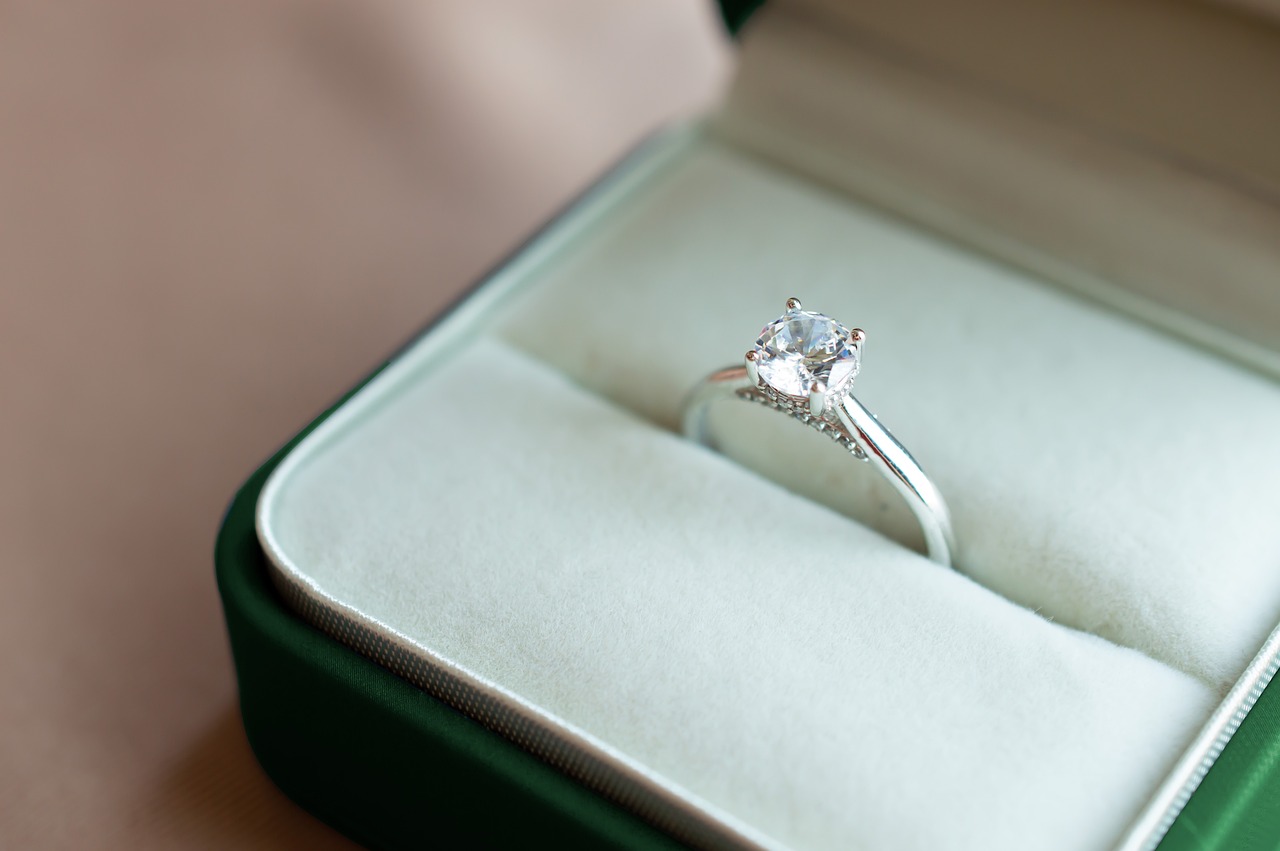This article explores essential care tips for opal jewelry, ensuring its beauty and longevity. Learn how to protect your precious pieces from common threats and maintain their stunning appearance.
Why is Opal Jewelry Unique?
Opals are unlike any other gemstones due to their unique play-of-color, which results from their internal structure. This phenomenon is caused by the arrangement of silica spheres within the opal that diffract light, creating a spectrum of colors. Because of their composition, opals are more sensitive to environmental factors, making proper care essential for their longevity.
What Are the Common Types of Opal Jewelry?
- Solid Opals: These are made entirely of opal and are considered the most valuable.
- Doublet Opals: Composed of a thin slice of opal glued to a backing, enhancing their appearance.
- Triplet Opals: Similar to doublets but with an additional protective layer on top, usually made of clear quartz or glass.
How to Clean Opal Jewelry Safely?
Cleaning opal jewelry requires a gentle approach to avoid damaging the stone. Use a soft, damp cloth to wipe the surface and remove dirt. Avoid harsh chemicals or ultrasonic cleaners, as these can harm the opal’s delicate structure. Instead, opt for a mild soap solution if necessary.
What Environmental Factors Affect Opal Jewelry?
Opals are sensitive to heat, moisture, and sunlight. Exposure to high temperatures can cause them to crack, while excessive moisture can lead to dehydration. To protect your opal jewelry, store it in a cool, dry place, away from direct sunlight.
How to Store Opal Jewelry Properly?
Proper storage is essential for preserving the beauty of opals. Always store them separately to prevent scratches. Use a soft pouch or a lined jewelry box. Avoid storing them with other gemstones that may be harder, as this can cause abrasion.
What Should You Avoid with Opal Jewelry?
- Avoid exposing opals to extreme temperatures.
- Do not wear opal jewelry while swimming or bathing.
- Keep opals away from household cleaners and chemicals.
How Often Should You Have Opal Jewelry Professionally Inspected?
Regular inspections are crucial for maintaining opal jewelry. It is recommended to have your opals professionally checked at least once a year. This helps identify any potential issues early and ensures that your jewelry remains in excellent condition.
What Are the Signs of Opal Damage?
Recognizing damage early can save your opal jewelry. Look for signs such as cracks, dullness, or a change in color. If you notice any of these indicators, consult a professional jeweler immediately.
Can Opal Jewelry Be Repaired?
Understanding repair options for opal jewelry is crucial for maintaining its beauty. Depending on the damage, opals can often be repaired by professional jewelers. They can re-glue doublets and triplets or provide other necessary services to restore your jewelry.
By following these care tips, you can ensure that your opal jewelry remains as stunning as the day you acquired it. Remember, prevention and regular maintenance are key to preserving the natural beauty of your opals.

Why is Opal Jewelry Unique?
Opal jewelry stands out in the world of gemstones due to its unique optical properties and vibrant play of color. Understanding these characteristics is essential for anyone looking to care for their opals properly. Unlike many other gemstones, opals are composed of a hydrated silica structure, which gives them their striking appearance but also makes them more vulnerable to damage. This section will explore the distinct features of opals and why they necessitate special attention compared to other precious stones.
One of the most fascinating aspects of opals is their play-of-color, a phenomenon caused by the diffraction of light through the microscopic silica spheres within the stone. This results in a dynamic display of colors that can change depending on the angle of light and the viewer’s perspective. The intensity and range of colors can vary significantly between different opals, making each piece unique. This variability not only enhances their aesthetic appeal but also affects their value, with some opals fetching high prices due to their exceptional color play.
Another factor that sets opal jewelry apart is its composition. Unlike traditional gemstones such as diamonds or sapphires, which are hard and durable, opals have a Mohs hardness of 5.5 to 6.5. This means they can be more susceptible to scratches and chips. Moreover, opals can contain up to 20% water within their structure, which can lead to cracking if they are exposed to extreme temperature changes or rapid drying. Therefore, understanding their sensitivity to environmental factors is crucial for maintaining their beauty.
Additionally, there are several types of opals, including solid opals, doublets, and triplets. Solid opals are made entirely of opal material, while doublets and triplets are composite stones that combine opal with other materials for added durability. Each type has its own care requirements and vulnerabilities, making it essential for owners to recognize which type they possess to provide appropriate care.
In summary, opal jewelry is unique due to its stunning play-of-color, delicate structure, and various types. Understanding these aspects is vital for ensuring the longevity and beauty of opal pieces. By recognizing the characteristics that make opals distinct, owners can take the necessary precautions to protect their jewelry, preserving its enchanting allure for years to come.
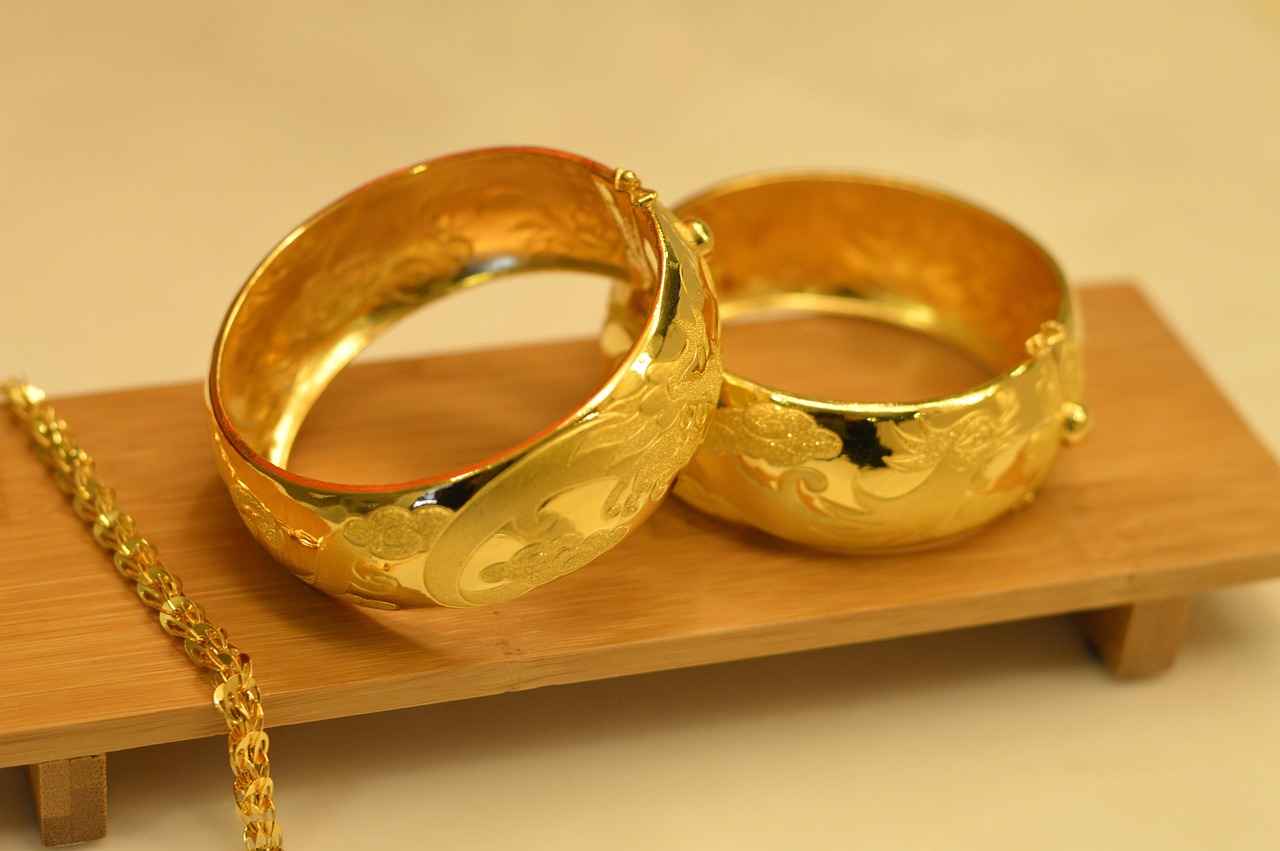
What Are the Common Types of Opal Jewelry?
Opal jewelry is celebrated for its stunning play of color and unique characteristics. Understanding the different types of opal jewelry is essential for both appreciation and care. This section categorizes the common types of opal jewelry, including solid opals, doublet opals, and triplet opals, highlighting their unique features and differences.
Solid opals are made from a single piece of opal, showcasing the natural beauty of the stone. They are prized for their vibrant colors and patterns, which can range from a subtle play of color to intense, vivid displays. Solid opals are typically more valuable than other types due to their rarity and the fact that they are not enhanced or altered in any way. Care for solid opal jewelry involves gentle cleaning and protection from extreme temperature changes.
Doublet opals consist of two layers: a thin slice of opal bonded to a backing material, often made of black onyx or another dark stone. This backing enhances the opal’s color and depth, making it appear more vibrant. Doublets are generally more affordable than solid opals but still offer a beautiful appearance. However, they require careful handling to avoid damage to the adhesive that holds the layers together.
Triplet opals are similar to doublets but feature a third layer, typically a clear protective dome made of glass or quartz. This top layer not only enhances the opal’s color but also provides additional protection against scratches and chips. Triplet opals are often more durable than solid or doublet opals, making them a popular choice for everyday wear. Nonetheless, they should still be cleaned with care to maintain their beauty.
Choosing between solid, doublet, and triplet opals depends on various factors, including budget, intended use, and personal preference. Solid opals are ideal for those looking for a unique, high-quality piece. In contrast, doublets and triplets can be excellent options for those seeking a striking appearance at a more affordable price. Always consider how you plan to wear the jewelry and the level of care you are willing to provide.
- Solid Opals: Unique patterns and colors, no backing material.
- Doublet Opals: Enhanced color through backing, more affordable.
- Triplet Opals: Additional protection with a clear dome, durable for daily wear.
Understanding the differences between these types of opal jewelry can help you make informed decisions when purchasing or caring for these beautiful pieces. Each type has its unique charm and characteristics, allowing you to choose the one that best fits your style and needs.

How to Clean Opal Jewelry Safely?
Cleaning opal jewelry requires a gentle approach due to the unique properties of opals. These stunning gemstones are known for their vibrant play of color, but they are also more delicate than many other stones. Here, we will discuss safe cleaning methods that help maintain the opal’s shine without causing damage.
When it comes to cleaning your opal jewelry, avoid harsh chemicals and abrasive materials. Instead, opt for mild soap and water. Here’s a simple step-by-step guide:
- Gather Supplies: You will need a soft cloth, mild dish soap, and lukewarm water.
- Prepare the Cleaning Solution: Mix a few drops of mild dish soap in a bowl of lukewarm water.
- Soak the Jewelry: Place your opal jewelry in the soapy water for a few minutes. This helps loosen any dirt or grime.
- Gently Clean: Use a soft cloth or a soft-bristled toothbrush to gently scrub the jewelry. Be cautious around settings to avoid dislodging any stones.
- Rinse Thoroughly: Rinse the jewelry under lukewarm running water to remove any soap residue. Ensure that the drain is covered to prevent losing your jewelry.
- Dry with Care: Pat the jewelry dry with a soft, lint-free cloth. Avoid using paper towels or rough fabrics that can scratch the surface.
It’s important to note that opals are porous, which means they can absorb liquids. Therefore, never soak opal jewelry for extended periods, and avoid using ultrasonic cleaners or steam cleaners, as these can cause cracks or damage to the stone.
In addition to regular cleaning, consider the environmental factors that can affect your opal jewelry. High heat and sudden temperature changes can lead to cracks, while exposure to harsh chemicals can dull their shine. Always store your opal pieces away from direct sunlight and in a cool, dry place.
For those who wear their opal jewelry frequently, a light cleaning after each use can help maintain its beauty. Simply wipe the piece with a soft cloth to remove oils and dirt that may accumulate during wear.
Lastly, if your opal jewelry shows signs of damage or if you are unsure about the cleaning process, it is advisable to consult a professional jeweler. They can provide expert advice and services tailored to your opal’s specific needs.
By following these guidelines, you can ensure that your opal jewelry remains as radiant as the day you bought it. Remember, gentleness is key when it comes to cleaning these exquisite gemstones!
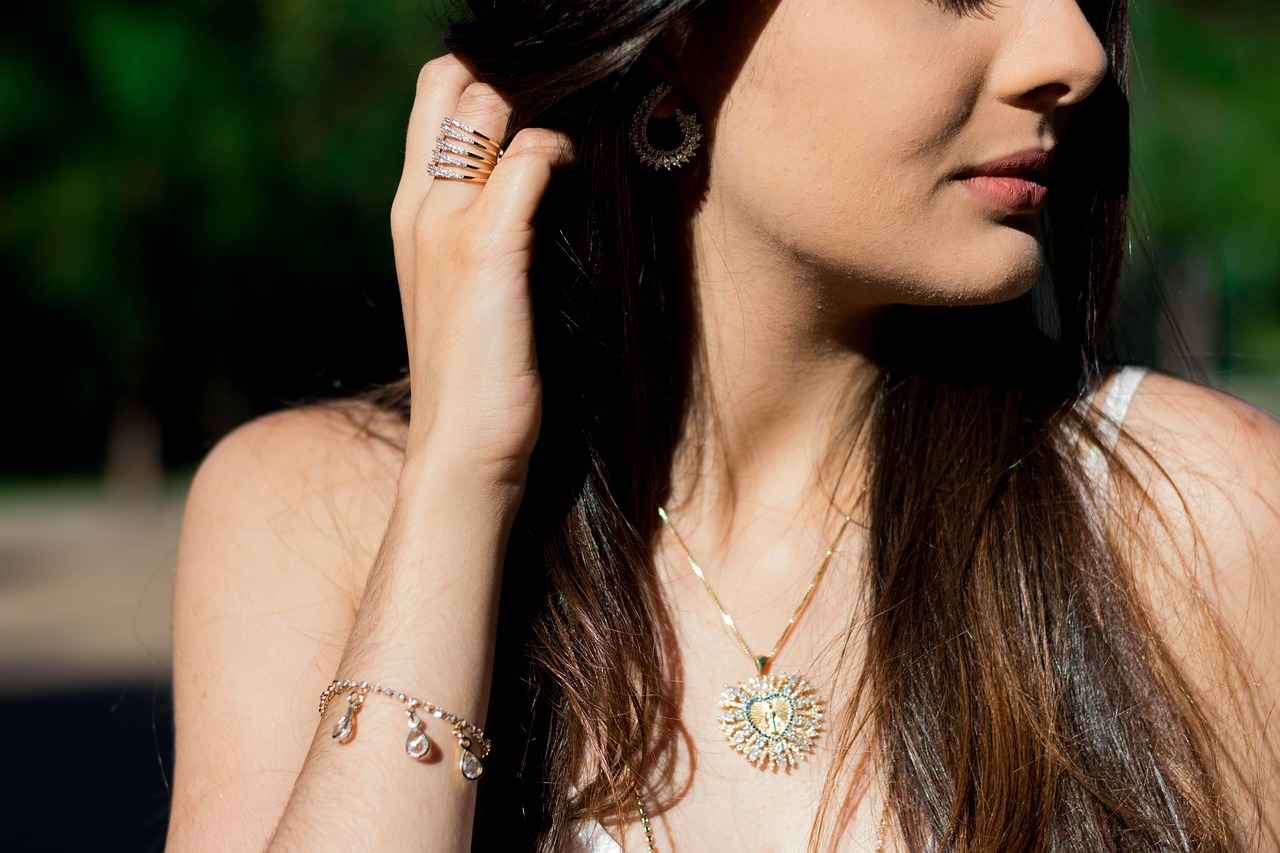
What Environmental Factors Affect Opal Jewelry?
Opal jewelry is renowned for its stunning play of color and unique beauty, but it is also quite sensitive to various environmental factors. Understanding how elements such as heat, moisture, and sunlight can affect opals is essential for maintaining their allure and longevity. This section provides valuable insights into these environmental influences and offers practical tips for protecting your cherished opal pieces.
Heat is one of the most significant threats to opal jewelry. Opals are composed of approximately 5-10% water, making them susceptible to drying out and cracking when exposed to high temperatures. Prolonged exposure to heat, such as from direct sunlight or heated environments, can lead to a condition known as “crazing,” where fine cracks develop in the stone.
- Tip: Keep your opal jewelry away from sources of heat, such as radiators, stoves, or direct sunlight.
- Tip: Store opals in a cool, dry place, ideally in a padded jewelry box or soft cloth to minimize temperature fluctuations.
Moisture levels can also significantly influence the integrity of opal jewelry. While opals need some moisture to maintain their beauty, excessive humidity can cause problems. High moisture levels can lead to mold growth on the jewelry or even cause the opal to absorb too much water, resulting in swelling and potential damage.
- Tip: Avoid wearing opal jewelry in situations where it may come into contact with water, such as swimming or bathing.
- Tip: If you live in a humid climate, consider using silica gel packets in your jewelry box to absorb excess moisture.
Sunlight can be both a friend and a foe to opal jewelry. While the play of color in opals can be enhanced by light, prolonged exposure to sunlight can fade their vibrant hues over time. This fading can diminish the visual appeal of your opal pieces.
- Tip: When not wearing your opal jewelry, store it in a dark place or in a jewelry box that shields it from light.
- Tip: Consider using a UV-protective coating on your opal jewelry to help shield it from harmful rays.
In addition to avoiding heat, moisture, and sunlight, there are several best practices to ensure your opal jewelry remains in excellent condition:
- Regularly inspect your jewelry for any signs of damage, such as cracks or discoloration.
- Clean opals gently with a soft, damp cloth, avoiding harsh chemicals or ultrasonic cleaners.
- Consider having your opal jewelry professionally cleaned and inspected at least once a year.
By understanding and mitigating the effects of environmental factors on opal jewelry, you can preserve the beauty and integrity of these exquisite pieces. Taking proactive steps to protect your opals will ensure they remain a cherished part of your collection for years to come.
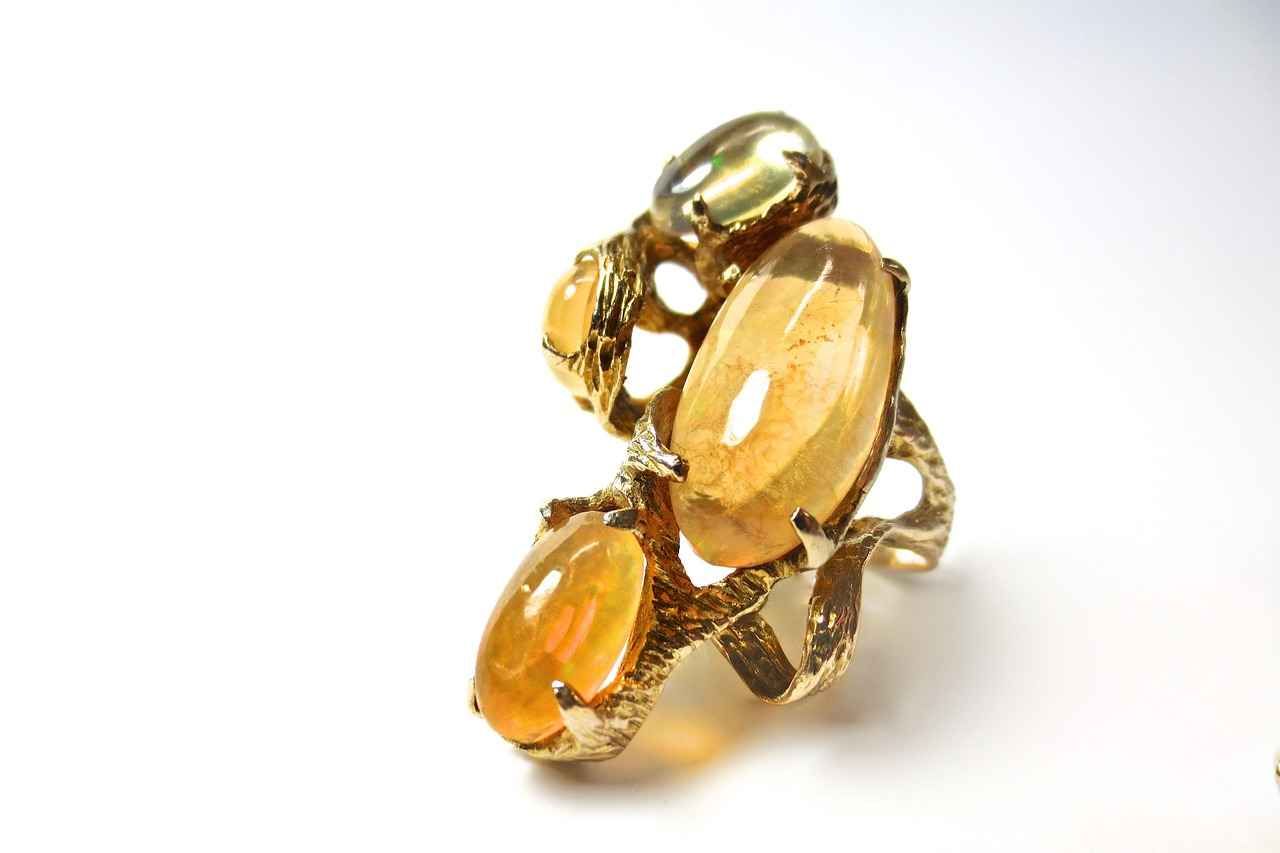
How to Store Opal Jewelry Properly?
Proper storage is essential for preserving opal jewelry. These stunning gemstones require specific care to maintain their beauty and prevent damage. In this section, we provide comprehensive guidelines on the best practices for storing opals, ensuring they remain in pristine condition.
1. Choose the Right Storage Container
When storing opal jewelry, it is vital to select a container that offers protection from scratches and environmental factors. Consider using a soft-lined jewelry box or a dedicated jewelry pouch. Avoid using containers made of hard materials, as they can cause scratches on the opal’s surface.
2. Keep Opals Separate
To prevent scratches, always store opal jewelry separately from other pieces. Use individual compartments or soft pouches for each item. This practice not only protects the opals but also helps to avoid tangling and damage to other jewelry.
3. Avoid Direct Sunlight
Opals can be sensitive to light, especially direct sunlight, which can cause them to fade over time. Store your opal jewelry in a dark, cool place to protect it from UV rays. A drawer or a jewelry box placed away from windows is ideal.
4. Maintain Humidity Levels
Opals are hydrophilic, meaning they can absorb moisture. Store them in an environment with stable humidity levels to prevent them from drying out or cracking. If you live in a dry climate, consider using a humidity-controlled storage box or placing a small dish of water near the jewelry to maintain moisture.
5. Avoid Extreme Temperatures
Extreme temperature changes can negatively affect opal jewelry. Avoid storing opals in areas like attics or basements where temperatures fluctuate significantly. A consistent temperature helps to preserve the integrity of the gemstones.
6. Regularly Inspect Stored Jewelry
It is essential to regularly check your stored opal jewelry for any signs of damage or wear. Look for cracks, chips, or changes in color. Early detection of issues can help you address them before they worsen.
7. Use Anti-Tarnish Strips
If your opal jewelry has metal components, consider placing anti-tarnish strips in the storage container. These strips help prevent tarnishing of metals, ensuring that your jewelry remains beautiful and ready to wear.
8. Avoid Storing in Plastic
While plastic bags may seem convenient, they can trap moisture and promote mold growth. Instead, opt for breathable materials like cotton or silk to wrap your opal jewelry before placing it in a storage box.
9. Consider Professional Storage Solutions
If you own valuable opal pieces, consider using a safe deposit box or a professional jewelry storage service. These facilities offer climate-controlled environments and enhanced security, providing peace of mind for your treasured items.
By following these guidelines, you can ensure that your opal jewelry remains stunning and undamaged for years to come. Proper storage not only protects your investment but also allows you to enjoy the beauty of your opals whenever you choose to wear them.

What Should You Avoid with Opal Jewelry?
When it comes to maintaining the beauty of your opal jewelry, understanding what to avoid is as crucial as knowing how to care for it. Opals are unique gemstones that require special attention to preserve their stunning appearance and integrity. Below, we outline common mistakes to avoid, ensuring your opal remains in pristine condition.
Opals are sensitive to heat and extreme temperature fluctuations. Exposure to high heat can cause the stone to crack or lose its vibrant play of color. To protect your opal jewelry, store it in a cool, dry place and avoid wearing it in situations where it could be exposed to excessive heat, such as saunas or hot tubs.
Many household cleaning products contain harsh chemicals that can damage opals. Always keep your opal jewelry away from bleach, ammonia, and other abrasive cleaners. Instead, use a mild soap solution and a soft cloth for cleaning. This gentle approach will help maintain the opal’s natural beauty.
Engaging in physical activities while wearing opal jewelry can lead to scratches or chips. It is advisable to remove your opals before participating in sports, gardening, or any activity that involves heavy lifting or potential impact. This simple precaution can prevent unnecessary damage.
Storing opal jewelry with harder gemstones can result in scratches. To avoid this, keep your opals in a separate pouch or a lined jewelry box to protect them from potential damage caused by friction with other pieces. Consider using a soft cloth or bubble wrap for added cushioning.
Prolonged exposure to sunlight can fade the colors of opals, diminishing their beauty. When not wearing your opal jewelry, store it in a dark place to prevent color loss. This will help ensure that your opals retain their vibrant hues for years to come.
Ultrasonic cleaners can be too harsh for opals, potentially causing cracks or other damage. Instead, opt for a gentle hand-cleaning method. Use a soft toothbrush dipped in a mild soap solution to carefully clean your opals, ensuring you remove any dirt without risking harm.
Regular professional inspections are vital for maintaining opal jewelry. Neglecting to have your pieces checked can lead to unnoticed damage. Schedule a visit to a professional jeweler at least once a year to ensure your opals are in optimal condition and to address any potential issues.
By avoiding these common mistakes, you can help ensure that your opal jewelry remains a cherished part of your collection for years to come. Taking the time to understand the unique needs of opals will not only protect your investment but also enhance the overall enjoyment of these exquisite gemstones.
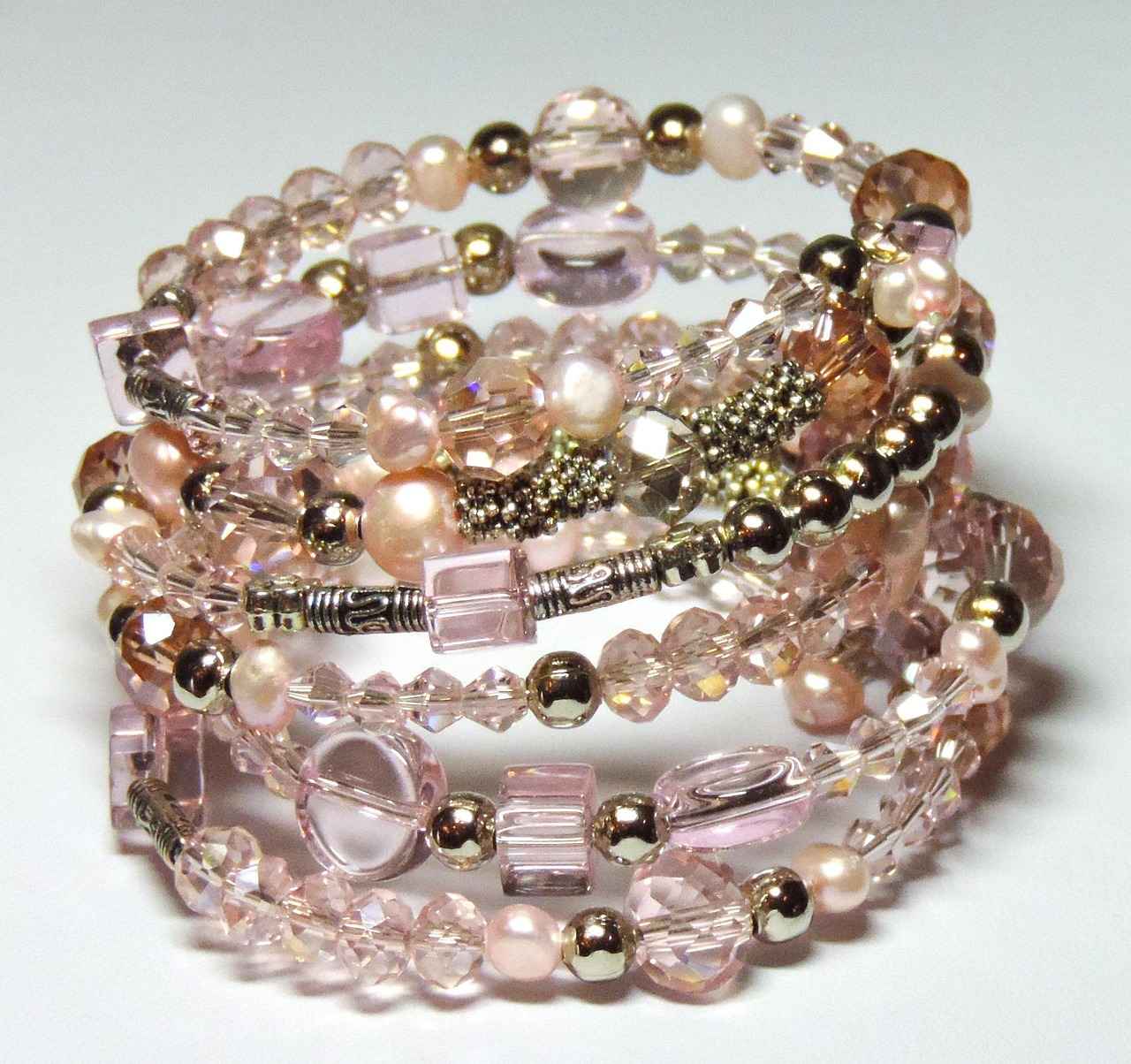
How Often Should You Have Opal Jewelry Professionally Inspected?
Opal jewelry is not only a stunning addition to any collection but also requires special attention to maintain its beauty and integrity. One of the critical aspects of caring for your opal pieces is understanding the importance of regular professional inspections. In this section, we will explore how often you should seek expert advice for your opal jewelry and why it is essential to do so.
Why Are Regular Inspections Important?
Regular inspections of your opal jewelry can help identify potential issues early, preventing minor problems from escalating into significant damage. Opals are unique gemstones that can be sensitive to environmental factors, making it crucial to monitor their condition. An experienced jeweler can spot signs of wear, stress fractures, or changes in color that may not be visible to the untrained eye.
- Early Detection: Catching issues like cracks or discoloration early can help preserve the opal’s beauty and value.
- Professional Cleaning: Jewelers often have specialized tools and techniques for cleaning opals safely, ensuring they maintain their luster.
- Setting Integrity: Inspections can also check the integrity of the settings, which is vital for preventing loss or damage to the stone.
How Often Should You Schedule Inspections?
As a general guideline, it is recommended to have your opal jewelry inspected at least once a year. However, if you wear your opal pieces frequently or expose them to harsh conditions, you may want to consider more frequent inspections, such as every six months. This proactive approach can help you catch any potential problems before they become serious.
Factors Influencing Inspection Frequency
- Frequency of Wear: The more often you wear your opal jewelry, the more susceptible it is to wear and tear.
- Environmental Exposure: If you often wear your opals in environments with extreme temperatures or humidity, more frequent inspections are advisable.
- Age of the Jewelry: Older opal pieces may require closer monitoring due to the natural degradation of materials over time.
Choosing the Right Professional
When selecting a professional for your opal inspections, it is essential to choose someone with experience and expertise in handling opal jewelry. Look for jewelers who specialize in gemstones and have a good reputation. You can also ask for recommendations from friends or family who own opal jewelry.
What to Expect During an Inspection
A typical inspection will involve a thorough examination of the opal and its setting. The jeweler will check for:
- Surface Damage: Scratches or chips on the opal’s surface.
- Structural Integrity: Ensuring the stone is secure in its setting.
- Color Changes: Noting any changes in the opal’s color or play of color.
After the inspection, the jeweler will provide you with feedback and recommendations for care or repairs if necessary. This proactive approach not only helps in preserving the beauty of your opal jewelry but also enhances its longevity.
In summary, scheduling regular professional inspections for your opal jewelry is a vital practice that can save you time and money in the long run. By understanding the importance of these inspections and adhering to a routine, you can ensure that your opal pieces remain as beautiful as the day you acquired them.
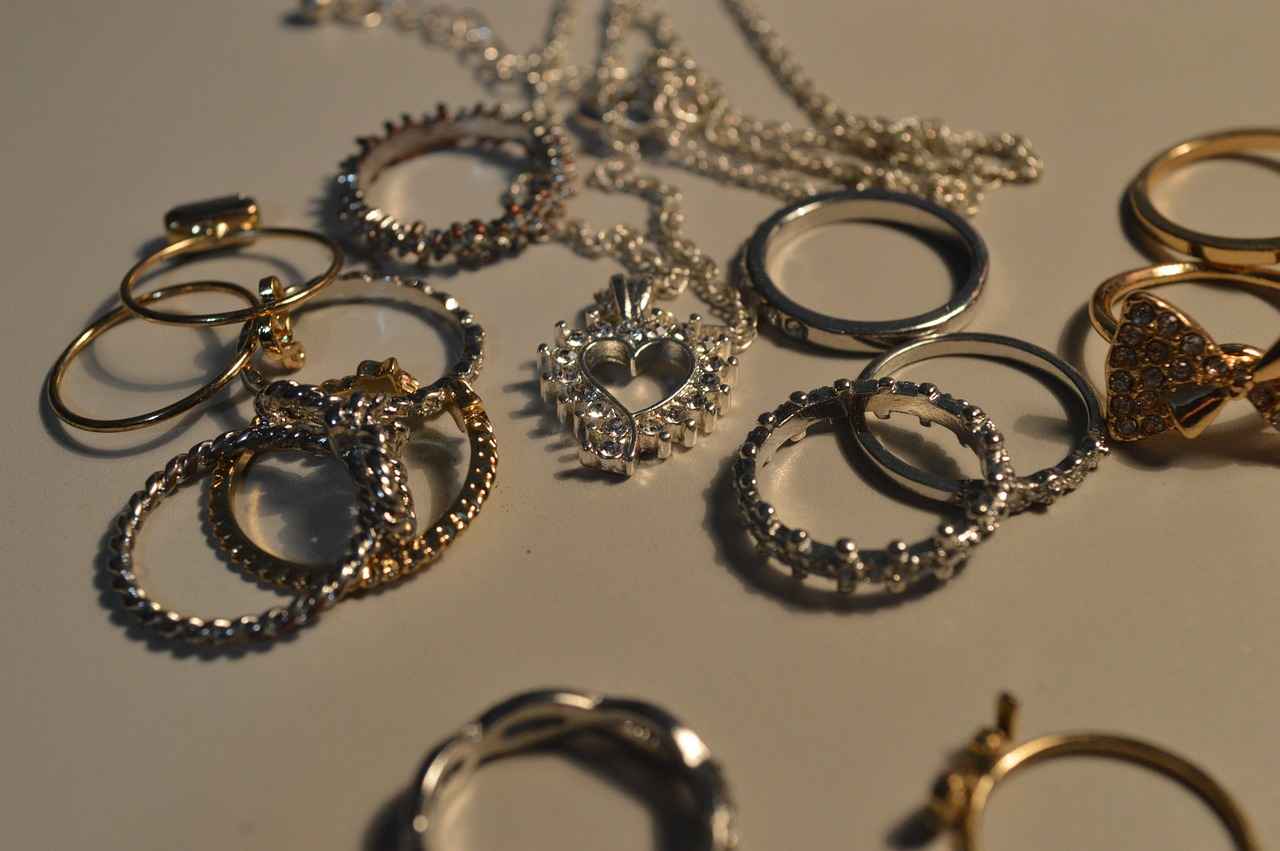
What Are the Signs of Opal Damage?
Opal jewelry is not only a stunning addition to any collection but also a delicate treasure that requires special attention. Understanding the signs of opal damage is crucial for preserving its beauty and longevity. By recognizing these signs early, you can take proactive measures to protect your precious pieces.
Opals are unique gemstones known for their vibrant colors and play-of-color effects. However, they are also sensitive to environmental factors and mishandling. Here are some key indicators that your opal jewelry may be damaged:
- Cracks and Chips: One of the most obvious signs of damage is the presence of cracks or chips on the surface of the opal. These can occur due to sudden temperature changes or impacts.
- Loss of Luster: If your opal appears dull or lacks its usual shine, it may be a sign of damage. This can happen due to improper cleaning methods or exposure to harsh chemicals.
- Color Fading: Opals can lose their vibrant colors over time, especially when exposed to direct sunlight or high temperatures. If you notice a significant change in color, it may indicate underlying damage.
- Surface Abrasions: Scratches on the surface of the opal can detract from its beauty. These abrasions can occur from contact with harder materials or improper storage.
- Increased Porosity: Opals are porous stones, and if they absorb moisture or chemicals, they can become damaged. If you notice any discoloration or cloudiness, it may be a result of increased porosity.
Recognizing these signs early can save your opal jewelry from further damage. If you observe any of these issues, it’s important to take action immediately. Here are some recommended steps to address potential damage:
- Seek Professional Help: If you notice any cracks or significant damage, consult a professional jeweler who specializes in opal repair. They can assess the damage and recommend appropriate solutions.
- Regular Inspections: Make it a habit to have your opal jewelry professionally inspected at least once a year. This can help catch any potential issues before they worsen.
- Proper Care: Ensure you are following the correct care instructions for your opal jewelry. This includes gentle cleaning methods and safe storage practices.
In addition to recognizing damage, it’s essential to understand how to prevent it. Here are some proactive measures you can take:
- Avoid Extreme Temperatures: Keep your opal jewelry away from extreme heat or cold, as this can cause cracks.
- Limit Exposure to Chemicals: Avoid exposing your opals to harsh chemicals, including household cleaners and perfumes.
- Store Properly: Store your opal jewelry in a soft pouch or a separate compartment in your jewelry box to prevent scratches.
By being vigilant and taking the necessary precautions, you can ensure that your opal jewelry remains as beautiful as the day you acquired it. Early detection of damage not only saves the aesthetic appeal of your pieces but also extends their lifespan, allowing you to enjoy them for years to come.

Can Opal Jewelry Be Repaired?
Opal jewelry, known for its stunning play of color, is a treasured addition to any collection. However, like any piece of jewelry, it can suffer from wear and tear over time. Understanding the various repair options available for opal jewelry is essential for maintaining its beauty and ensuring its longevity.
Types of Repairs for Opal Jewelry
- Stone Replacement: If the opal itself is chipped or cracked beyond repair, a professional jeweler can replace it with a new stone. This is particularly common for solid opals, where the integrity of the stone is paramount.
- Re-setting: In cases where the opal has become loose in its setting, re-setting the stone can secure it properly. This is crucial to prevent further damage or loss of the opal.
- Polishing: Minor scratches can often be polished out by a professional jeweler. This process restores the opal’s surface and enhances its luster.
- Repairing Mounts: The metal settings that hold opals in place can also become damaged. Repairing or replacing these mounts ensures that your opal remains secure and beautifully displayed.
When to Seek Professional Help
Determining when to seek professional help is vital for the care of your opal jewelry. If you notice any signs of damage, such as cracks, loose stones, or significant scratches, it is best to consult a jeweler specializing in opal repairs. Attempting to fix these issues at home can lead to further damage.
Preventive Measures for Opal Jewelry
To minimize the need for repairs, consider implementing preventive measures:
- Avoid Harsh Chemicals: Exposure to chemicals can damage opals. Always remove your opal jewelry before using household cleaners or swimming in chlorinated water.
- Regular Inspections: Schedule regular inspections with a professional jeweler to identify potential issues before they escalate.
- Use Proper Storage: Store opal jewelry in a soft pouch or a separate compartment to prevent scratches from other jewelry pieces.
DIY Repairs: A Word of Caution
While some minor repairs can be attempted at home, such as cleaning or polishing, it is crucial to exercise caution. Overzealous cleaning or inappropriate tools can cause more harm than good. For significant repairs, always rely on a professional.
Conclusion
Understanding the repair options for opal jewelry is essential for preserving its beauty and value. By knowing when to seek professional help and how to take preventive measures, you can ensure that your opal pieces remain stunning for years to come.
Frequently Asked Questions
- How can I tell if my opal jewelry is real?
To determine if your opal is genuine, look for natural variations in color and patterns. Real opals often have unique inclusions and a play-of-color that synthetic ones lack. A simple water test can also help; genuine opals will absorb some water, while fakes won’t.
- Can I wear opal jewelry every day?
While opal jewelry is stunning, wearing it daily can expose it to scratches and environmental factors that may cause damage. Consider saving your opals for special occasions or rotating them with other pieces to keep them safe.
- What is the best way to clean opal jewelry?
Cleaning opal jewelry is all about being gentle! Use a soft, damp cloth to wipe it down, and avoid harsh chemicals. For a deeper clean, lukewarm soapy water works wonders, but always dry it thoroughly afterward.
- How should I store my opal jewelry?
Store your opal jewelry in a soft pouch or a separate compartment in your jewelry box to prevent scratches. Keeping them away from direct sunlight and extreme temperatures is also key to maintaining their beauty.
- What should I avoid when caring for opal jewelry?
Avoid exposing your opal jewelry to harsh chemicals, extreme heat, and prolonged sunlight. Also, steer clear of wearing opals while doing heavy activities or in water to prevent damage.

